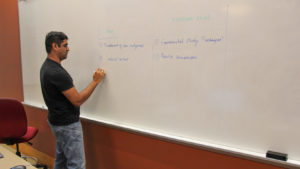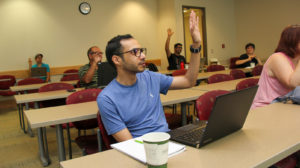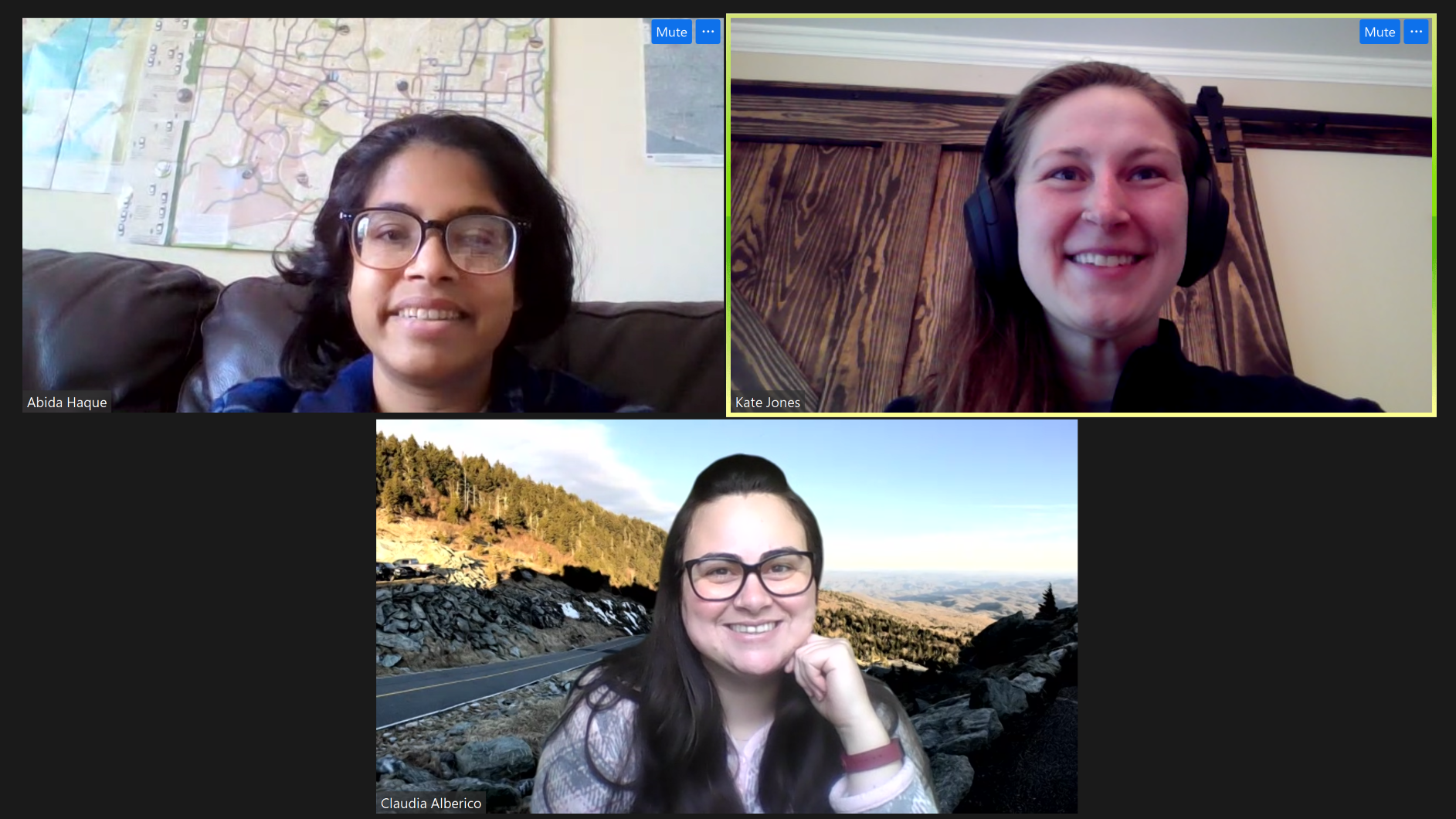How to Write a Better Abstract: Workshopping at the Engineering Cafes

You’ve finally completed your article, you’ve catalogued the research, you’ve written the implications and literature view, but now you need an abstract! Are you confused about how to add all the necessary information and still restrict the abstract to a few phrases?
Here’s a guide to help you write a stronger abstract.
What is an abstract and why do I need it?
An abstract is a summary, or synopsis, which gives your readers the first impression of what you have written in your article. It can also give readers an impression of your writing and communication skills. So, your abstract has to be strong enough to make a point about why your audience has to read your article or hear your presentation.
Why should I care?

Have you ever wondered about the impact of your abstract might have on the readers compared to that of the rest of the article or report? Abstracts help the reader decide how much time and attention they want to spend in reading your article. They also give an idea of how substantial and significant your work is.
An abstract reflects your understanding towards your own writing or presentation. So it’s important to summarize your work in a way which states how you want it to be understood.
Where can I use my abstract writing skills?
As a graduate student, you get a number of opportunities to present your research or studies in front of different audiences, such as global conferences with multiple disciplines, applications for grant proposals, paper or poster presentations, or peer-reviewed article publications.
A well written, results-oriented abstract will help you reach out to diverse audiences and create a greater impact.
How to write abstracts
The first step towards writing a strong abstract is to identify your writing goal and your audience. From there, you’ll know how to structure your abstract and attract your intended audience.
For example, if your writing goal is to illustrate the key parameters of a newly fabricated material, then your audience could be a multidisciplinary group of researchers or industrialists.

To attract this audience you may want to draft a results-oriented abstract because they care about the broadest implications of your research and how your work will contribute to their fields. This abstract invites research-oriented readers to innovate upon your work and extend it in multiple directions.
Another example: Let’s say that you are writing an article to describe a prototype of a new device which gives a solution for a specific scientific question. Such writing will attract a more narrow and concentrated audience. In this case, you should create an applications-oriented abstract because this audience is interested in specific, practical outcomes of your research, such as whether this device can be cost-effectively manufactured or whether there is market demand for your innovation. This abstract invites both researchers and industry stakeholders to consider how your research fulfills a specific, practical need.
The four most common abstract types
Once you have identified your audience, based on the writing goal, your abstract may fall into one of the four general types of abstracts as discussed below.
The University of Southern California have come up with these four general types of abstracts.
1. Informative abstract
An informative abstract is the most widely used format across different fields. It can stand alone from the article because it gives the exact information in brief about the whole story described in the article. Each sentence of this abstract summarizes each part of the article such as introduction, methods, results, and conclusion. This abstract is generally 300 to 350 words long and can be found in peer-reviewed journals, conferences and even in reports for coursework.
2. Descriptive abstract
A descriptive abstract provides a general outline of the data expected in the article. It is generally very short, including maximum 100 words. It may or may not include the main findings or conclusions, but with effective paraphrasing it can be a good tool to intrigue more readers towards reading the whole article.
3. Critical abstract
A critical abstract is a type of results-oriented abstract. Along with an explanation about the results obtained from the study, the author also provides a critical judgement on the validity of the study and the limitations of the findings. Such type of abstract is rarely used.
4. Highlight abstract
A highlight abstract is the least common of all types of abstracts. As opposed to descriptive or informative, this abstract gives the least required information about the article or the study, but is most likely to generate the readers’ curiosity to know more about your study. Such abstract is rare in journal articles but is a nice tool for science communication, like 3MT presentations or video abstracts.
Finally, try to put yourself in the place of another researcher in the same field and think about the key information that the reader needs to know from the abstract if they do not have access to the whole article.
Interested in learning more about abstracts and getting feedback on your work in progress?
Attend one of our Engineering Cafes, a series of hands-on writing workshops for graduate students in the College of Engineering.
We received some great feedback from students who participated in our first Engineering Cafe about Introductions and Abstracts, which was facilitated on September 18th and 25th.
[marketing-quote color=’blue’ align=’center’]Srinivasan Balan from Industrial and Systems Engineering mentioned that the advice from the workshop will make an ‘immediate effect on my current and future manuscripts.'[/marketing-quote]
Most participants thought that the peer review was the most helpful part. It was also helpful to compare the sample article abstracts, know the types of abstracts, and learn the CARS model for Introductions and IMRaD model for abstracts.
As these testimonials suggest, Engineering Cafes invite you to “think and do” writing:

- Practice effective writing strategies for key written deliverables
- Hone your goals for a writing project
- Test out your writing with engineers across disciplines and get feedback on a draft of your project.
Plus, Wolfpack engineers who are pursuing the Graduate Writing Certificate may count up to 6 hours of credit for each two-part Cafe that they attend.
“I will write more implications to suit my audience,” commented Qiwen Cheng from Civil Construction & Environmental Engineering.
Each two-part Cafe focuses on a specific deliverable or topic. Engineering Cafes about composing key parts of journal articles will be offered again in Spring 2020, while Cafes on topics like “How to Respond to Journal Reviewers” and “How to Design User-Friendly Reports” are offered throughout the year.
See our Workshops Page to learn more and sign up for this semester’s Cafes.
- Categories:


